Table of Contents
- Understanding Digital Distractions
- Techniques for Students
- Creating a Distraction-Free Study Environment
- Time Management Strategies
- Mindfulness and Relaxation Techniques
- Techniques for Teachers and Tutors
- Classroom Management Tools
- Incorporating Digital Literacy into the Curriculum
- Professional Development
- Techniques for Parents and Guardians
- Setting Boundaries and Rules
- Modeling Good Behavior
- Supporting Children’s Focus
- Techniques for School Administrators and Educational Designers
- Implementing School-Wide Policies
- Designing Distraction-Free Learning Environments
- Training and Support for Educators
- Techniques for Educational Researchers and NGOs
- Conducting and Promoting Research
- Developing Evidence-Based Intervention
- Advocacy and Awareness Campaigns
- Conclusion
Let's suppose a student is attending a class where a hard topic is being discussed. He is fully concentrating on the lecture when his phone’s notification rings in his pocket. Now, his mind is continuously going toward the phone and he is tempted to check it. This distraction results in him not concentrating and understanding the topic properly.
It means concentration is crucial for students’ academic success. It is also important for effective classroom management and self-discipline. However, digital distraction is preventing kids and teachers from concentrating fully on their goals and tasks.
So, you all must learn about digital distractions and how to avoid them. In this way, you can make sure that your kid has a successful future.
Understanding Digital Distractions
Digital distractions are related to multitasking. When a student or teacher is working on one assignment but switches to check their mobiles or digital devices, they are multitasking. This kind of multitasking is a digital distraction.
Various brands and influencers on social media platforms want our attention. So, they grab it through endless notifications, content and messages. This causes us to have a divided concentration on the task at hand.
Different studies have shown that this digital distraction and multitasking leads to overloaded information, affects our decision-making abilities, addiction to social media, stress and anxiety. It impacts cognitive skills and decreases our productivity.
Moreover, different researchers find that divided concentration can impact the reading comprehension of students, waste their time and cause poor academic performance. In one research, college educators also declared that digital distraction impacts teacher-student relationships and classroom management. Parents also declared that digital distraction causes negative thoughts, stress and strained relationships between parents and kids.
Techniques for Students
To minimize digital distractions, students should apply these techniques.
Creating a Distraction-Free Study Environment
You should create a study-focused corner in your bedroom or study room so that you can remain concentrated on your studies. During this time, you can either leave your digital devices in the other rooms or you can uninstall distracting apps. Moreover, you can switch off your mobile’s notifications and put it on quiet mode.
There are different focus apps too such as Focus Writer, Omm Writer and Write Monkey that you can install. You can also use noise-cancellation headphones to tune out digital devices’ notifications. There are app blockers such as Freedom too that you can use.
Time Management Strategies
Different time management strategies can also be helpful to enhance our concentration. For example, you can use a time block technique in which you will allocate a specific time block to a task without any distraction. You can use the Eisenhower Matrix technique in which you can prioritize important tasks only. In the Pomodoro technique, you can set the timer for 25 minutes and focus on completing the task. Then, you can get a five-minute break. In these five minutes, you can use technology if you want. After that, repeat the cycle. Moreover, there are different AI time management tools that you can use for your benefit.
Mindfulness and Relaxation Techniques
You can use meditation to reduce mental chatter and improve your attention. For this, you can take a 5-10 minute break between studying. You can use apps like Calm or Headspace to practice meditation too.
Techniques for Teachers and Tutors
Teachers can also play a role in minimizing digital distractions in their students’ lives.
Classroom Management Tools
To minimize distraction, teachers can use different educational games, teaching techniques and attractive multimedia content in the classroom. They can use interactive apps or websites such as polling software to keep the students engaged. They can use productive tools to enhance the productivity of students. Moreover, they can create a tech-free zone in the classroom where students are not allowed to use any digital device. This will be helpful for those students who get distracted easily.
Incorporating Digital Literacy into the Curriculum
Teachers should teach the harmful impacts of digital distractions in the classroom. Moreover, they should provide the resources to students that will help them in applying self-discipline techniques in life.
Professional Development
Teachers should be given different resources, workshops and training to learn how to minimize digital distractions. They should also learn from each other's mistakes and share different strategies for minimizing digital distractions.
Techniques for Parents and Guardians
Parents should also play a role in minimizing digital distractions in their kids.
Setting Boundaries and Rules
There should be a specific time zone for using devices at home. After that time zone, no one should use any digital device. Moreover, parents should make a digital device-free zone where a kid can't use any type of device.
Modeling Good Behavior
Parents should practice healthy and screen-free activities so that they can be a role model for kids. Moreover, they should encourage a tech device-free day once a week. On that day, all the family members should engage in different screen-free activities.
Supporting Children’s Focus
Parents should monitor their kids and see why they are getting distracted. Is it because they are addicted to social media? If yes, then they should promote offline activities and limit the screen time of kids. They should provide resources and tools to kids to deal with their digital distraction issues.
Techniques for School Administrators and Educational Designers
Syllabus creators and administrators can also play a role in this field.
Implementing School-Wide Policies
Schools should have strict policies about the use of digital devices. A study told us that students use non-course-related apps almost 42 percent of the time. So, schools should have some policy to avoid this distracting use. For this, they can make changes to their educational software. Moreover, they can limit the time frame of using digital devices in institutes. When students have a limited time to use a digital device, they will use it wisely.
Designing Distraction-Free Learning Environments
There should be specific places in classrooms and libraries where digital devices should not be allowed. The special distraction-free zones should have interactive furniture settings and tools that students can use for learning.
Training and Support for Educators
Schools should provide workshops to teach teachers different strategies related to this field. Moreover, they should keep assessing teaching strategies to know which one is beneficial for enhancing self-discipline in students.
Techniques for Educational Researchers and NGOs
Researchers and NGOs could also play a role in avoiding digital distractions.
Conducting and Promoting Research
Researchers should conduct different research to find out which teaching strategies are working in minimizing digital distractions.
Developing Evidence-Based Intervention
NGOs should hold workshops for teachers to teach them strategies that research proves to have a beneficial impact in minimizing digital distractions. They can collaborate with different schools to implement those strategies.
Advocacy and Awareness Campaigns
They can start different awareness campaigns to tell people about digital distractions. Moreover, they can help in creating policies and curricula that can enhance self-discipline and concentration in students.
Conclusion
In short, digital distraction can harm the concentration and mental health of students leading them to poor grades. So, everyone related to the educational field should take certain steps to imply self-discipline and a high concentration level in students. You all can implement the strategies we discussed in this blog. Also, share it with other people to play a role in raising awareness about digital distractions.







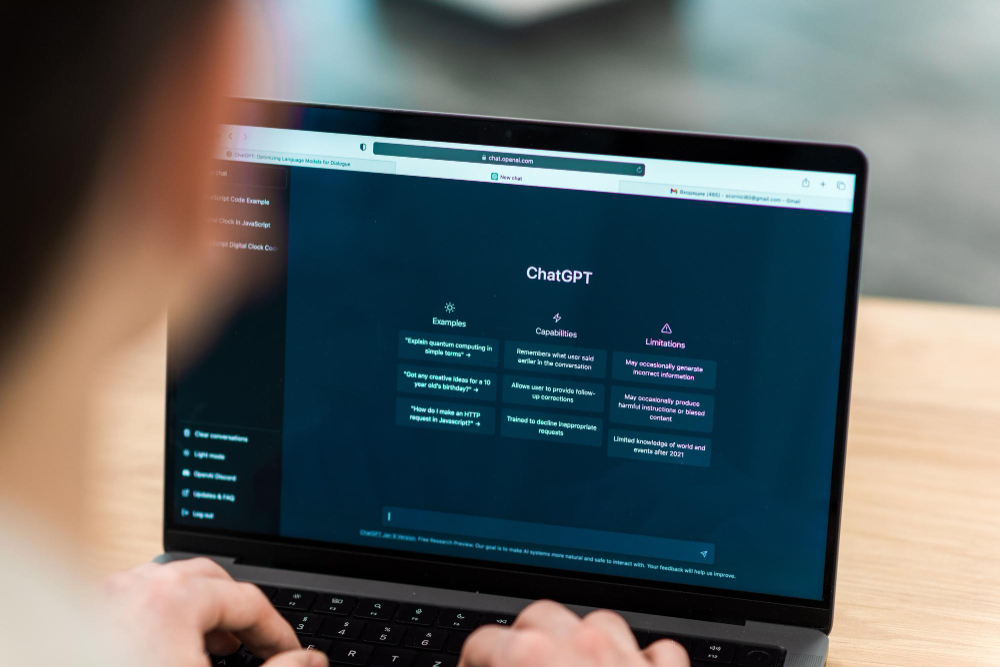








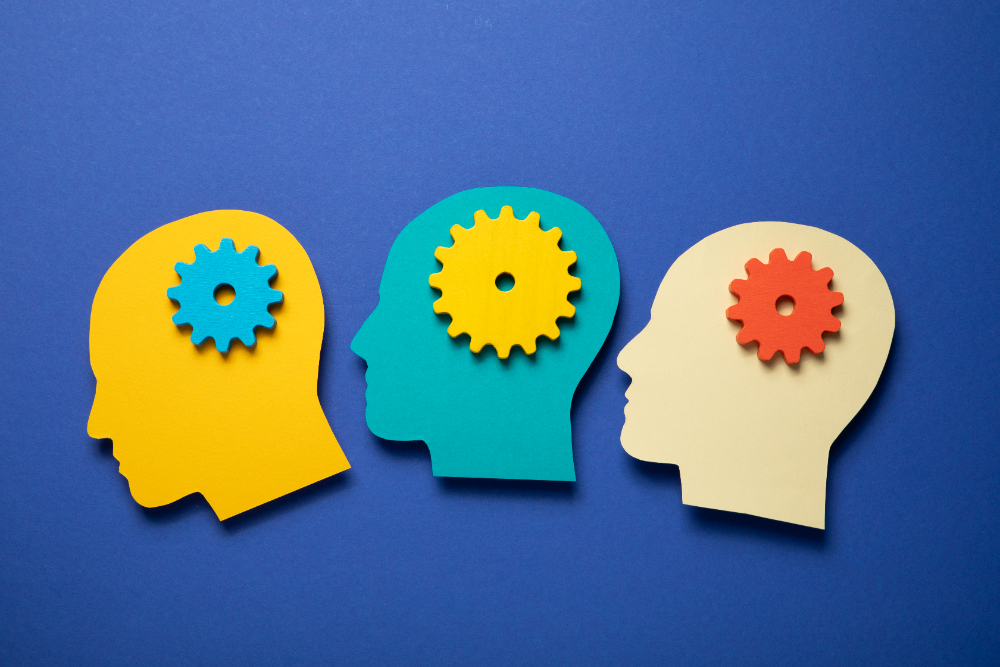



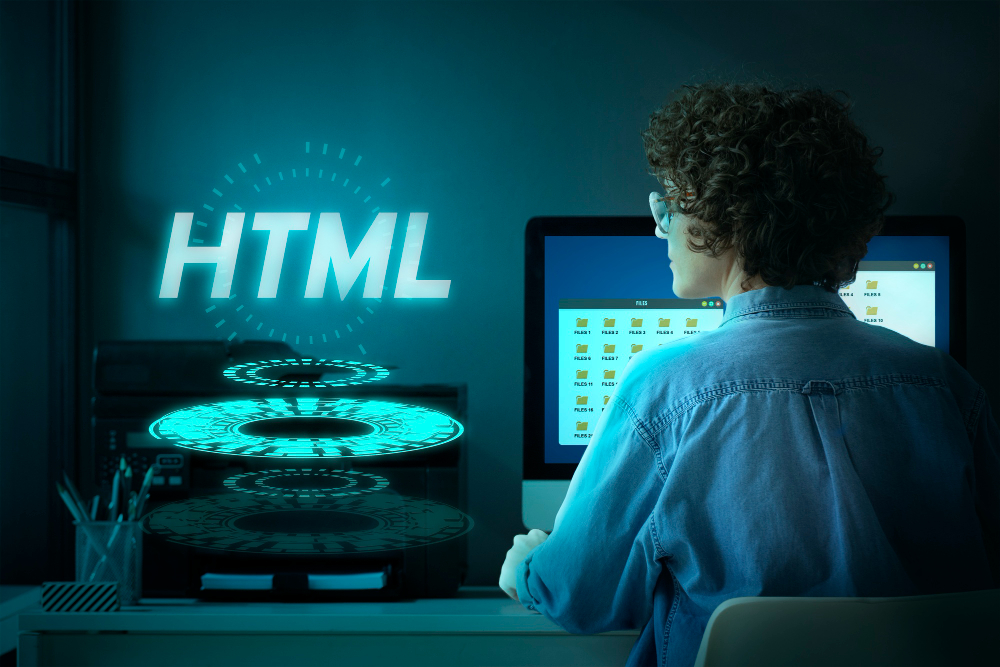

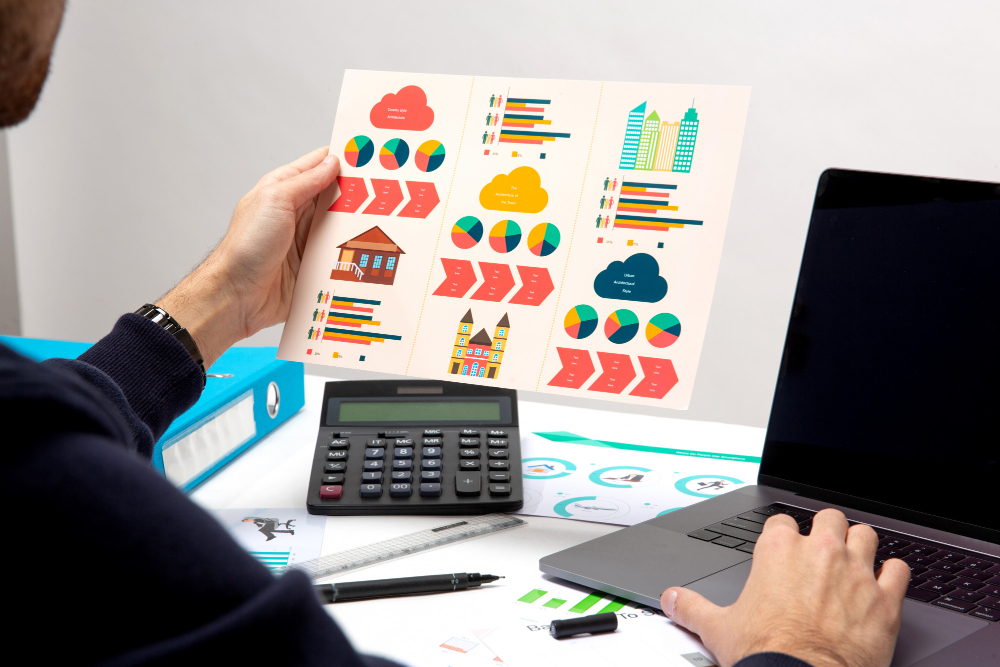
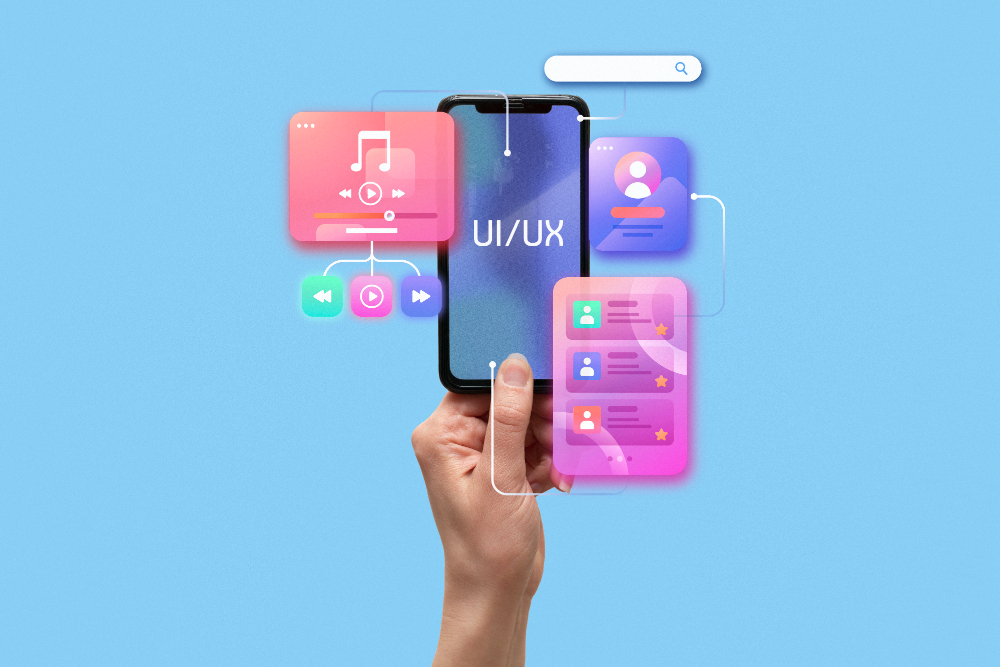
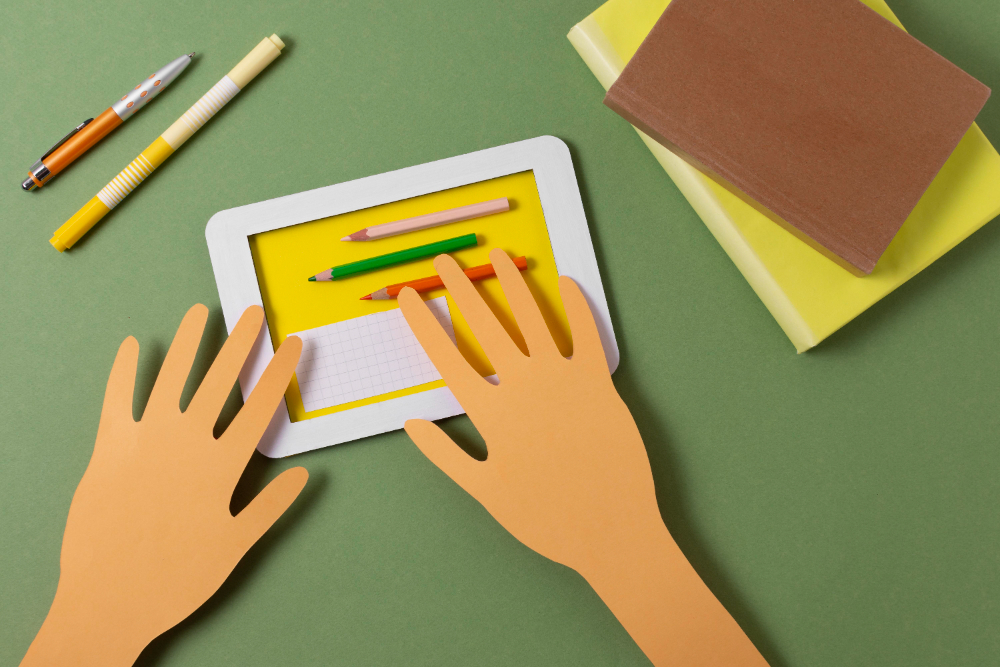


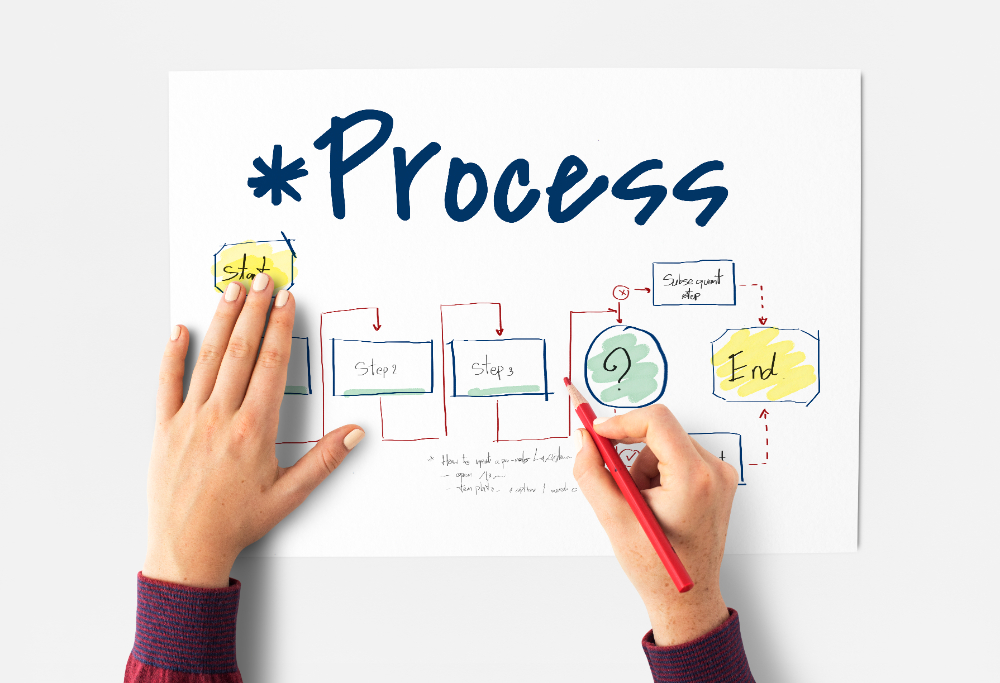



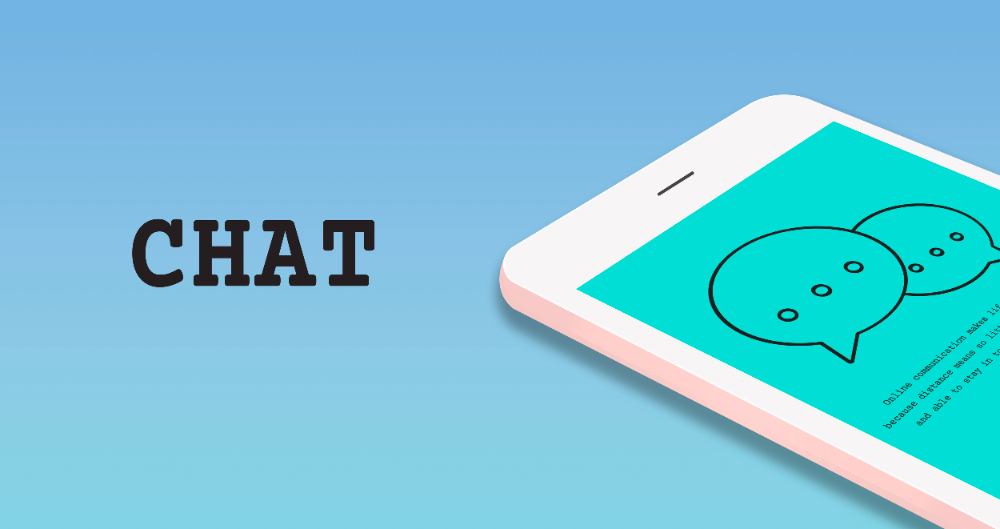

Comments are closed.